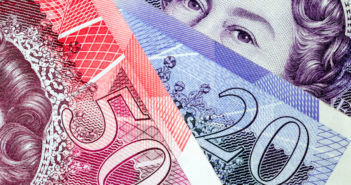The UK Manufacturing PMI (Purchasing Managers’ Index) is based on a survey of purchasing managers in the manufacturing sector. Respondents are surveyed for their view of the economy and business conditions in the UK. A reading which is higher than the market forecast is bullish for the pound.
Here are all the details, and 5 possible outcomes for GBP/USD.
Published on Thursday at 9:30 GMT.
Indicator Background
Market analysts are always interested in the views of purchase managers on the economy, as the latter are considered to be attuned to the latest economic and financial developments, and their expectations could be an indication of future economic trends.
The index improved in December to 56.1 points, above the estimate of 53.3 points. The estimate for the January report stands at 55.9 points.
Sentiments and levels
Just a week into his new job, Donald Trump has not shied away from controversial moves, leading to some nervousness in the markets. However, the economy is strong and if inflation levels move higher, we could see the Fed step in with additional rate hikes which is bullish for the US dollar. In the UK, higher inflation levels have boosted the pound, and the markets will be carefully monitoring the BoE Inflation report. So, the overall sentiment is neutral on GBP/USD towards this release.
Technical levels, from top to bottom: 1.2775, 1.2674, 1.2512, 1.2311, 1.2201 and 1.2080.
5 Scenarios
- Within expectations: 53.0 to 59.0: In such a case, GBP/USD is likely to rise within range, with a small chance of breaking higher.
- Above expectations: 59.1 to 63.0: An unexpected higher reading can send the pair above one resistance line.
- Well above expectations: Above 63.0: Such an outcome would likely prop up the pound, and a second resistance line might be broken as a result.
- Below expectations: 49.0 to 52.9: A sharper decrease than forecast could push GBP/USD downwards and break one level of support.
- Well below expectations: Below 49.0: In this scenario, the pair could break below a second support level.
For more about the pound, see the GBP/USD.
